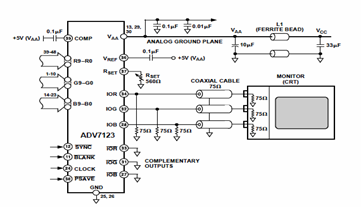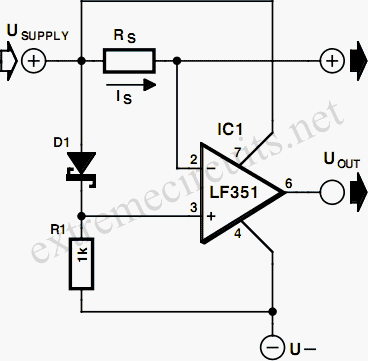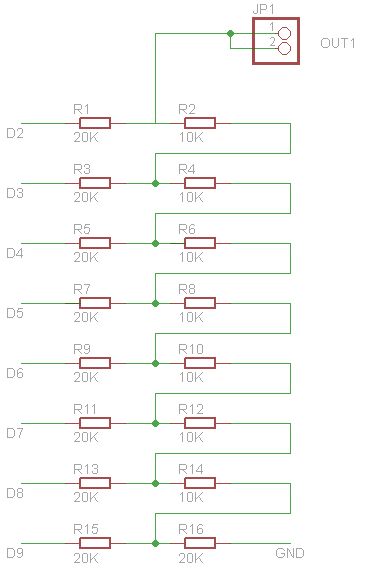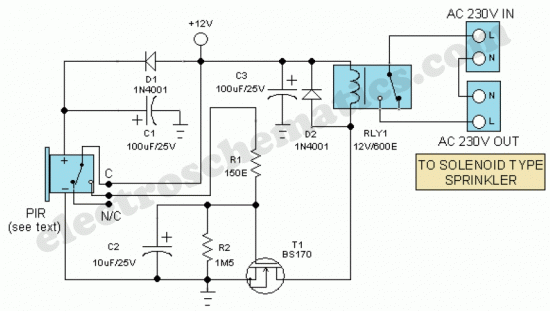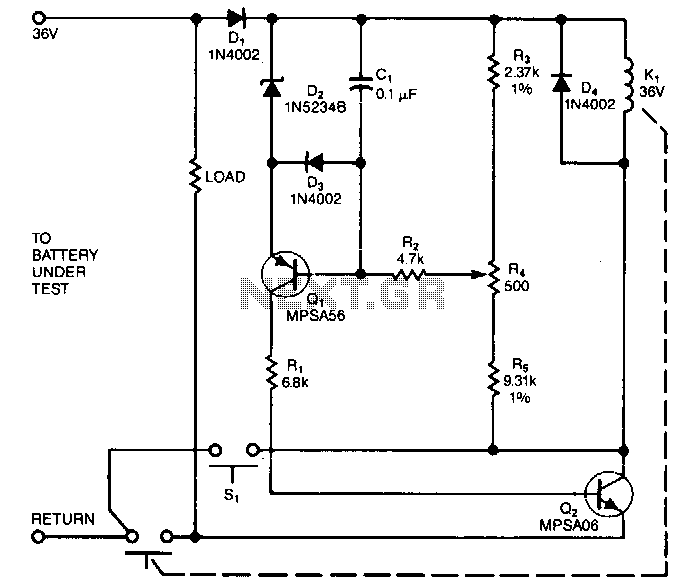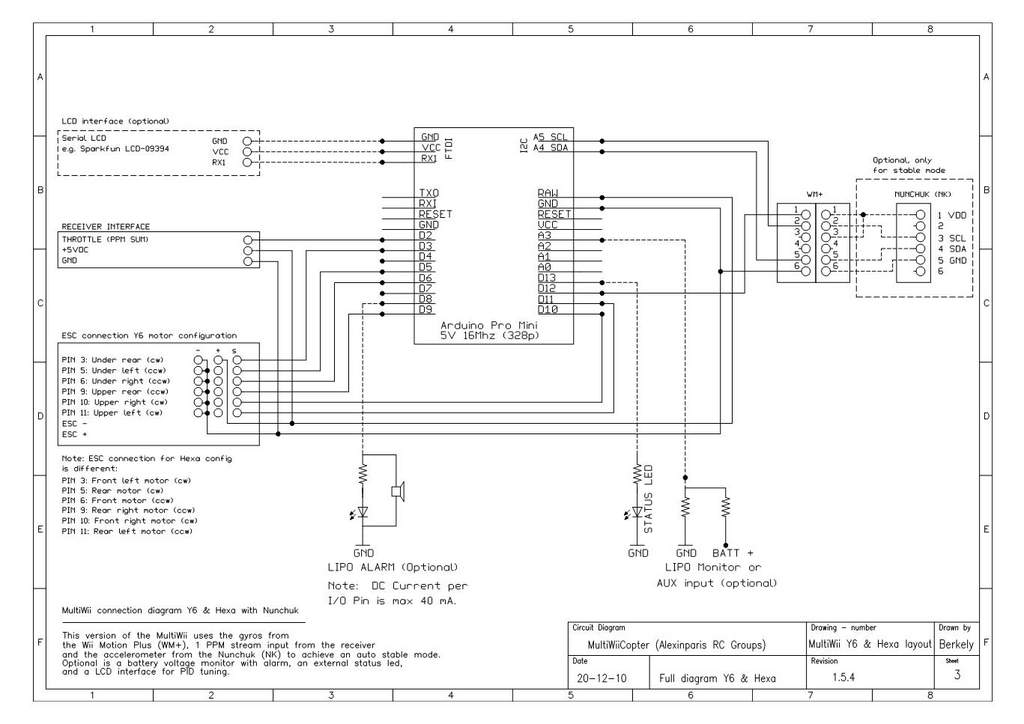
LM2940CT Sensor Connection

The following circuit illustrates the LM2940CT sensor connection circuit diagram. Features include internal power dissipation and a storage temperature range.
The LM2940CT is a low dropout linear voltage regulator designed to provide a stable output voltage with a maximum dropout of 0.5V at up to 1A load current. This device is particularly suited for applications requiring a regulated voltage supply with minimal input-output voltage differential, making it ideal for battery-operated devices.
In the circuit diagram, the LM2940CT is typically connected to a power source, with input and output capacitors placed according to the manufacturer's recommendations to ensure stability and transient response. The input capacitor, often a 0.1µF ceramic capacitor, is connected close to the input pin to filter high-frequency noise. An additional larger electrolytic capacitor (e.g., 10µF to 100µF) may be added to enhance stability and transient response.
The output capacitor is crucial for maintaining the stability of the LM2940CT. A tantalum or aluminum electrolytic capacitor with a value of at least 22µF is usually connected at the output to ensure proper voltage regulation. The circuit may also include a diode for reverse polarity protection, ensuring that the regulator is safeguarded against incorrect connections.
The storage temperature range for the LM2940CT is typically between -40°C to +125°C, allowing it to operate effectively in a variety of environmental conditions. This feature is particularly beneficial in automotive and industrial applications where temperature fluctuations are common.
Overall, the LM2940CT sensor connection circuit is designed to provide reliable voltage regulation while ensuring protection and stability through appropriate component selection and placement.The following circuit shows about LM2940CT Sensor Connection Circuit Diagram. Features: Internal Power Dissipation, Storage Temperature Range .. 🔗 External reference
The LM2940CT is a low dropout linear voltage regulator designed to provide a stable output voltage with a maximum dropout of 0.5V at up to 1A load current. This device is particularly suited for applications requiring a regulated voltage supply with minimal input-output voltage differential, making it ideal for battery-operated devices.
In the circuit diagram, the LM2940CT is typically connected to a power source, with input and output capacitors placed according to the manufacturer's recommendations to ensure stability and transient response. The input capacitor, often a 0.1µF ceramic capacitor, is connected close to the input pin to filter high-frequency noise. An additional larger electrolytic capacitor (e.g., 10µF to 100µF) may be added to enhance stability and transient response.
The output capacitor is crucial for maintaining the stability of the LM2940CT. A tantalum or aluminum electrolytic capacitor with a value of at least 22µF is usually connected at the output to ensure proper voltage regulation. The circuit may also include a diode for reverse polarity protection, ensuring that the regulator is safeguarded against incorrect connections.
The storage temperature range for the LM2940CT is typically between -40°C to +125°C, allowing it to operate effectively in a variety of environmental conditions. This feature is particularly beneficial in automotive and industrial applications where temperature fluctuations are common.
Overall, the LM2940CT sensor connection circuit is designed to provide reliable voltage regulation while ensuring protection and stability through appropriate component selection and placement.The following circuit shows about LM2940CT Sensor Connection Circuit Diagram. Features: Internal Power Dissipation, Storage Temperature Range .. 🔗 External reference
